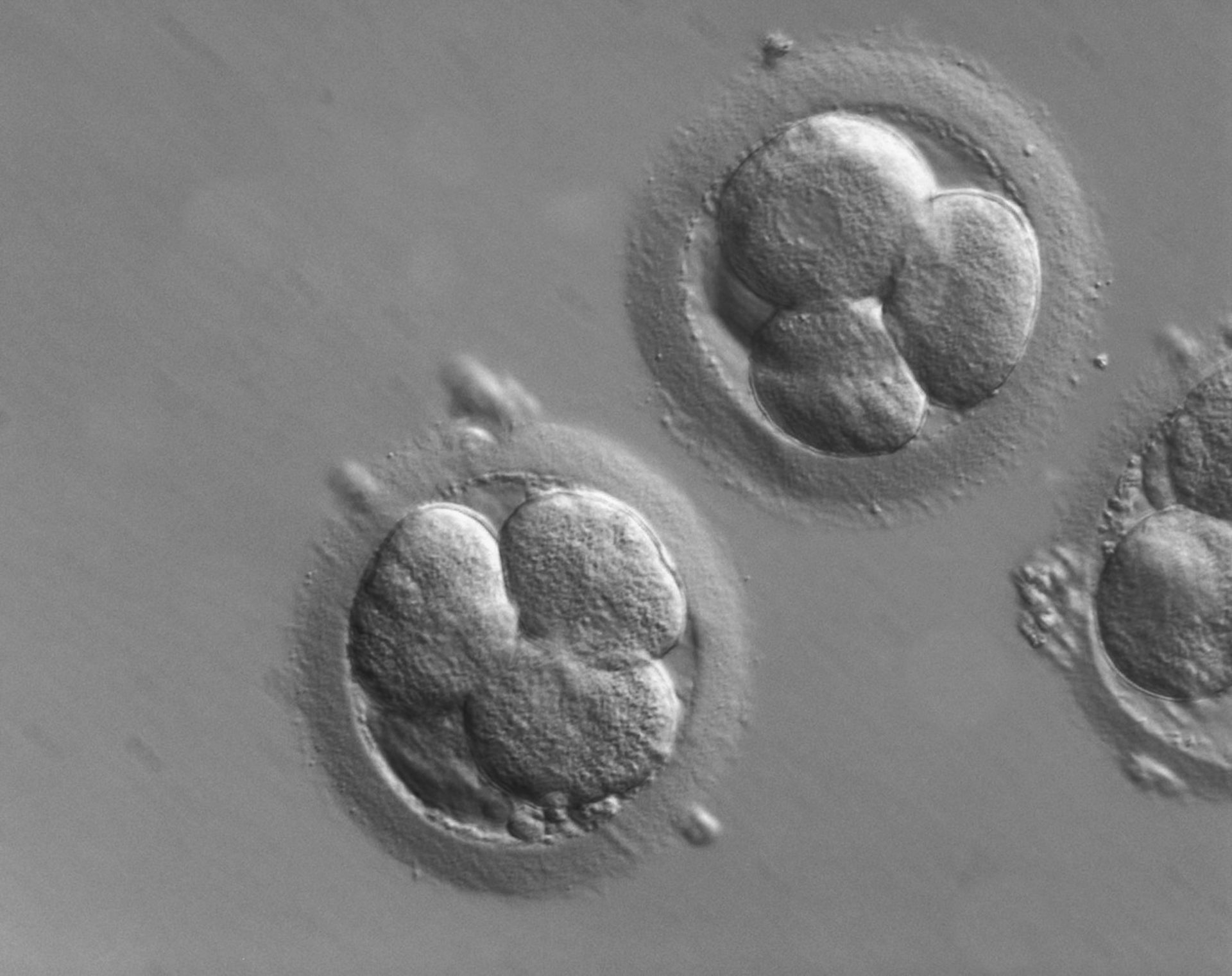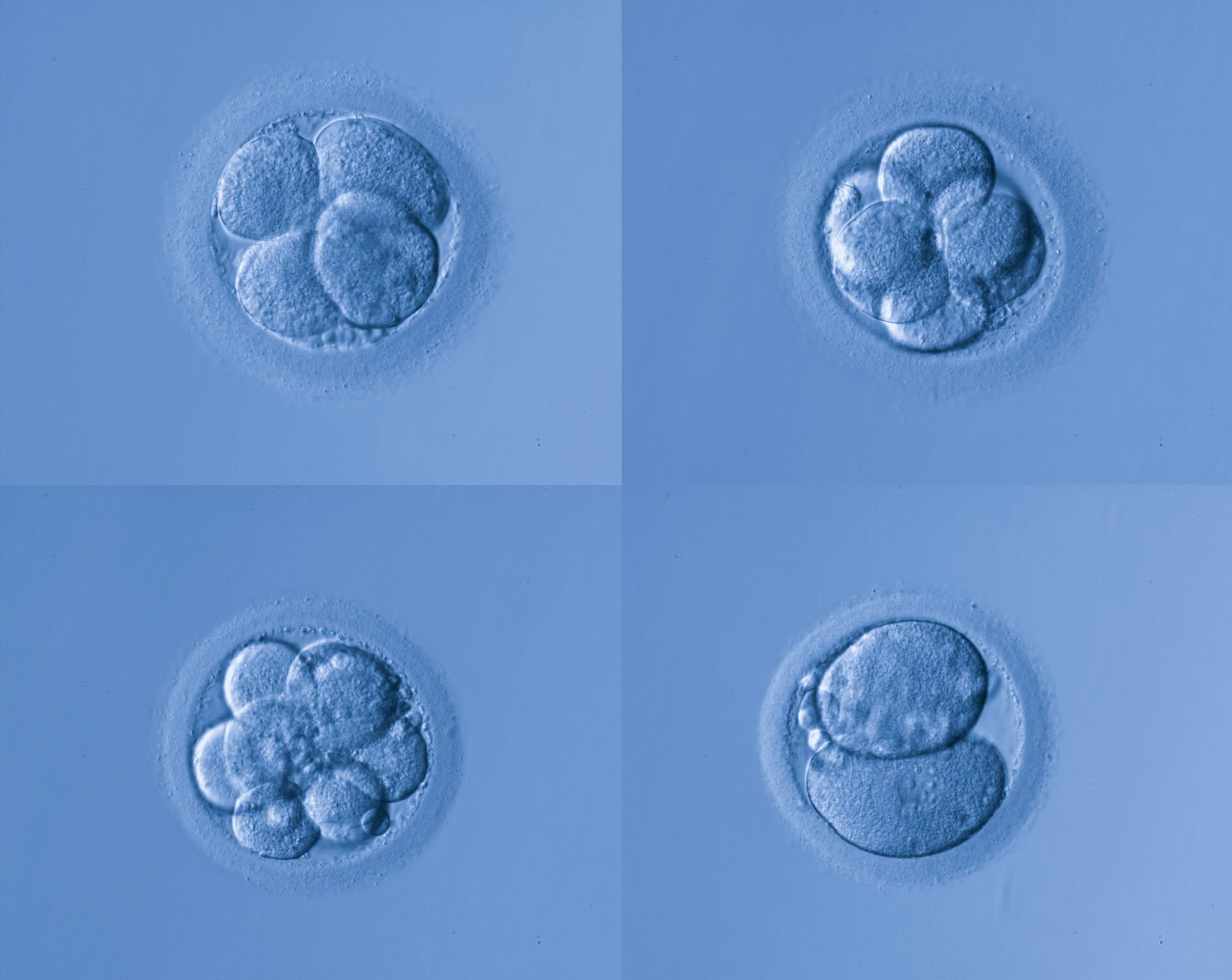
Religious fundamentalists in the USA recently scored what might turn out to be a Pyrrhic victory in the struggle over a woman's right to choose whether to allow her body to be used to grow a new person or not. In a historic ruling, the right-leaning Supreme Court of the United States (SCOTUS), recently stuffed with Republican placemen and women ruled that since there was no traditional right to an abortion, the states were free to regulate and restrict abortions.
This has led to about a third of American women losing the right to have an unwanted pregnancy terminated, in some states regardless of how the pregnancy occurred or the effects continuing with it might have on the health of the woman. So, in these states, for example an underage girl who was raped or the victim of incest will be obliged to carry the baby to term, and some states are even attempting to make it illegal to get help in another state where abortion is still decriminalised.
But what is this objection to abortion and the right of women to control their own bodies based on?
As we might expect with beliefs that lead to limitations on human rights, it is based on Christian fundamentalism and two things in particular:
- The belief that a god creates life and that this happens at the moment of conception according to a divine plan where the intention of the sex act and fertilisation was to produce a particular human being with a particular genetic identity, so terminating the pregnancy is going against 'God's will'.
- That women are only entitled to the rights granted to them by men because God created them to be subject to the will of their husband or male relatives. This is based on a mythical ancestral first couple who upset God, so he punished the woman and all her future descendants by making her the chattel of men, whose role was to serve men and bear children.
Both these beliefs are nonsense and trivially easy to refute, of course. The first because both the sperm and the ovum are alive before conception, so there is no new life created. Life is a continuous process which never ceases. And the notion that there was divine intent to make that particular individual, with that particular genetic composition, is nonsensical considering that millions of sperms compete to be the one to reach the ovum and fertilise it. If God wanted just the particular one to be successful, what are all the others for?
The second because there never was such a founding couple as the ancient Middle Eastern origin myths relate. Humans are the result of millions of years of evolution where an archaic species gradually becomes more and more 'modern'. There is no defining point at which a new species can be said to have started. The evidence is also that not only was there never an ancestral couple, there was not even a single ancestral species. Most modern humans are the result of hybridization between two or more archaic hominins. In a future article I will explain why there is actually more Neanderthal DNA around today than there has even been!
The nonsense about AdaM and Eve probably tells us all we need to know about the gender and sexual inadequacy of the people who wrote it.
But the most telling argument against divine intent is the fact, as explained in the following article, that most embryos die naturally and are aborted spontaneously. If this is part of some divine plan, then the god who is making it happen, causes millions of abortions to happen naturally. If God uses abortion to correct his mistakes, why should women be denied the same right?
The article was written by Professor Kathryn Kavanagh, Associate Professor of Biology, University of Massachusetts, Dartmouth, MA, USA, in the online open access magazine The Conversation and is reprinted here under a Creative Commons licence, reformatted for stylistic consistency. The original can be read here.

Most human embryos naturally die after conception – restrictive abortion laws fail to take this embryo loss into account

The majority of fertilized eggs die and are resorbed into the body.
Source: ZEISS Microscopy/Flickr, CC BY-SA
Kathryn Kavanagh, UMass Dartmouth
Many state legislatures are seriously considering human embryos at the earliest stages of development for legal personhood. Total abortion bans that consider humans to have full rights from the moment of conception have created a confusing legal domain that affects a wide range of areas, including assisted reproductive technologies, contraception, essential medical care and parental rights, among others.
However, an important biological feature of human embryos has been left out of a lot of ethical and even scientific discussion informing reproductive policy – most human embryos die before anyone, including doctors, even know they exist. This embryo loss typically occurs in the first two months after fertilization, before the clump of cells has developed into a fetus with immature forms of the body’s major organs. Total abortion bans that define personhood at conception mean that full legal rights exist for a 5-day-old blastocyst, a hollow ball of cells roughly 0.008 inches (0.2 millimeters) across with a high likelihood of disintegrating within a few days.
As an evolutionary biologist whose career has focused on how embryos develop in a wide variety of species over the course of evolution, I was struck by the extraordinarily high likelihood that most human embryos die due to random genetic errors. Around 60% of embryos disintegrate before people may even be aware that they are pregnant. Another 10% of pregnancies end in miscarriage, after the person knows they’re pregnant. These losses make clear that the vast majority of human embryos don’t survive to birth.
The emerging scientific consensus is that high rate of early embryo loss is a common and normal occurrence in people. Research on the causes and evolutionary reasons for early embryo loss provides insight into this fundamental feature of human biology and its implications for reproductive health decisions.
Intrinsic embryo loss is common in mammals
Intrinsic embryo loss, or embryo death due to internal factors like genetics, is common in many mammals, such as cows and sheep. This persistent “reproductive wastage” has frustrated breeders attempting to increase livestock production but who are unable to eliminate high embryonic mortality.
In contrast, most embryo loss in animals that lay eggs like fish and frogs is due to external factors, such as predators, disease or other environmental threats. These lost embryos are effectively “recycled” in the ecosystem as food. These egg-laying animals have little to no intrinsic embryo loss.
Each square shows the first 24 hours of embryo development in a different animal species. From left to right: 1. zebrafish (Danio rerio), 2. sea urchin (Lytechinus variegatus), 3. black widow spider (Latrodectus), 4. tardigrade (Hypsibius dujardini), 5. sea squirt (Ciona intestinalis), 6. comb jelly (Ctenophore, Mnemiopsis leidyi), 7. parchment tube worm (Chaetopterus variopedatus), 8. roundworm (Caenorhabditis elegans), and 9. slipper snail (Crepidula fornicata).
An evolutionary drive for embryo loss
In humans, an evolutionary force called meiotic drive plays a role in early embryo loss. Meiotic drive is a type of competition within the genome of unfertilized eggs, where variations of different genes can manipulate the cell division process to favor their own transmission to the offspring over other variations.
Statistical models attempting to explain why most human embryos fail to develop usually start by observing that a massive number of random genetic errors occur in the mother’s eggs even before fertilization.
When sperm fertilize eggs, the resulting embryo’s DNA is packaged into 46 chromosomes – 23 from each parent. This genetic information guides the embryo through the development process as its cells divide and grow. When random mistakes occur during chromosome replication, fertilized eggs can inherit cells with these errors and result in a condition called aneuploidy, which essentially means “the wrong number of chromosomes.” With the instructions for development now disorganized due to mixed-up chromosomes, embryos with aneuploidy are usually doomed.
Because human and other mammal embryos are highly protected from environmental threats – unlike animals that lay eggs outside their bodies – researchers have theorized that these early losses have little effect on the reproductive success of the parent. This may allow humans and other mammals to tolerate meiotic drive over evolutionary time.
Counterintuitively, there may even be benefits to the high rates of genetic errors that result in embryo loss. Early loss of aneuploid embryos can direct maternal resources to healthier single newborns rather than twins or multiples. Also, in the deeper evolutionary history of a species, having a huge pool of genetic variants could occasionally provide a beneficial new adaptation that could aid in human survival in changing environments.
Spontaneous abortion is natural
Biological data on human embryos brings new questions to consider for abortion policies.
Although required in some states, early embryo loss is typically not documented in the medical record. This is because it occurs before the person knows they are pregnant and often coincides with the next menstrual period. Until relatively recently, researchers were unaware of the extremely high rate of early embryo loss in people, and “conception” was an imagined moment estimated from last menstruation.
How does naturally built-in, massive early embryo loss affect legal protections for human embryos?
Errors that occur during chromosomal replication are essentially random, which means development can be disrupted in different ways in different embryos. However, while both early embryos and late fetuses can become inviable due to genetic errors, early and late abortions are regulated very differently. Some states still require doctors to wait until the health of the pregnant person is endangered before allowing induced abortion of nonviable fetuses.
In the wake of anti-abortion laws, doctors have refused to treat patients with miscarriages because it uses the same procedures as abortions.
Between 1973 and 2005, over 400 women were arrested for miscarriage in the U.S. With the current shift toward restrictive abortion policies, the continued criminalization of pregnancies that don’t result in birth, despite how common they are, is a growing concern.
I believe that acknowledging massive early embryo loss as a normal part of human life is one step forward in helping society make rational decisions about reproductive health policy.
The overturning of Roe vs Wade, which had been on the statute books for 5 decades, should stand as a warning about what would happen if the Christian right ever got the political power they crave. It's a fundamental law of religion that all religions support freedom of conscience until they acquire the power to abolish it.



No comments :
Post a Comment
Obscene, threatening or obnoxious messages, preaching, abuse and spam will be removed, as will anything by known Internet trolls and stalkers, by known sock-puppet accounts and anything not connected with the post,
A claim made without evidence can be dismissed without evidence. Remember: your opinion is not an established fact unless corroborated.